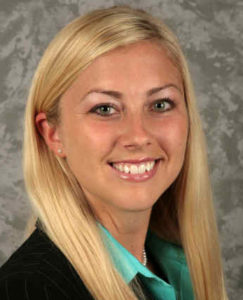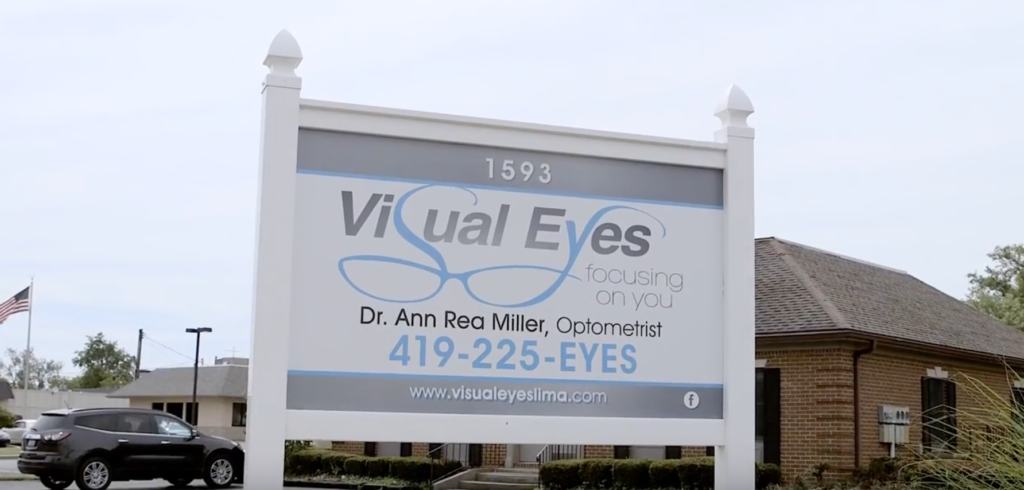 Six months ago, I acquired an existing practice. Here are three essential business management challenges I’ve faced in that short period of time–along with the lessons I’ve learned.
Six months ago, I acquired an existing practice. Here are three essential business management challenges I’ve faced in that short period of time–along with the lessons I’ve learned.
New practice owners confront business needs they never had before. I should know because I opened my first practice this year in February, and found there was a lot I needed to learn. Here are some of the key lessons I now have under my belt.
Keep Your Reimbursement Process Flowing
I thought getting onto insurance panels would be a simple process–you fill out a form, wait a couple of weeks, and you’re in. Unfortunately, it’s not that easy. Medicare, along with certain insurance providers I won’t name, requires such a long process that for the first few months my practice was open, I had to just see private pay patients.
Before you can even apply to insurance panels, you need an employer tax ID number. And you can’t get that tax ID number until you have a valid business name, which requires checking with your state’s secretary of state office to make sure no other business has the same name, and to register the name. Lucky for me, the name I chose was already used, but hadn’t been properly registered, so I was able to take it as my own.
Lesson: If you can, start the process of getting onto insurance panels at least a few months before you start seeing patients.
Insurance Submission Process: Slight Details Mean Rejected Claims
I started submitting claims in February to Medicare, and I just received my first Medicare payment last week (six months after opening the office)! The claims were rejected for details we got wrong like forgetting to put in the patient’s zip code, never mind the more serious errors that can occur in the coding process. Submitting claims to Medicare still requires a paper claim process, which means errors are not spotted right away, as they would be online with a pop-up window letting you know you made a mistake.
Lesson: Use practice management software or buy a separate piece of software that will “scrub” the claims you submit, alerting you when there is an error. Another option is to invest in insurance clearing house services, which will clean up your claims before submitting them.
Introduce Yourself to Your Community
My practice had been owned by other doctors for more than 30 years. That meant the community needed to be re-introduced to the practice and to me.
Lesson: This one I got right. I contacted the community news department of my local newspaper and submitted a photo of myself and my staff (I was able to retain the same staff members who had worked in the practice under the original doctor), along with information about the services we would offer. I also paid $1,200 for three billboards, two in Lima, Ohio, where my practice is located, and another in my hometown of Kilida, Ohio. These billboards stayed up for one month. I also started a practice Facebook page.
Practice Careful Change Management with Staff
As noted, I decided to hire the same staff who had worked for 30 years with the original doctor and then briefly with another doctor who he sold the practice to (before that doctor sold the practice again to me). They understood the community, and I was hoping they would draw in many of the same patients. The challenge, however, was they had work processes that went back decades. They knew what worked and what didn’t for the practice, but they also needed to be transitioned into newer ways of doing business such as use of electronic health records.
Lesson: If a major change, such as the transition to EHR, is necessary, plan on doing it slowly and with training for the whole staff from the vendor. We are currently in the process of learning and implementing RevolutionEHR. Two out of my four employees have no experience working on computers at all and are just now familiarizing themselves with smartphones. The key to keeping everyone’s spirits up about learning this new technology is reminding them how much easier and faster work processes will go once the EHR is fully implemented. For instance, I point out that instead of physically laboring through old file folders for a patient’s record, EHR means simply typing the patient’s name into a search box, and the full record appearing on the screen in a few moments.
Learn How to Interpret Financials
Tracking money owed to the practice and money spent is a big challenge–especially as I wait to fully implement my EHR/practice management system. I have a financial day sheet my staff and I mark up of practice expenditures and needed billing, and there are so many errors I catch. For example, I recently got a retinal camera, so every time pictures are taken, I put the charge for the picture on the day sheet. If I forget to input one image taken with the retinal camera, money is lost and the day’s financial calculations are thrown off.
Lesson: At the end of every business day, review your financial day sheet and calculate to make sure it all adds up properly. It’s easy to type in the wrong number and then the whole financial record for the day gets thrown off. Once RevolutionEHR is fully implemented, I will input the daily financial numbers into the EHR/practice management system rather than doing it on paper as I am now. But the most important point is to remember to review these numbers on a daily basis both to track your finances and to makes sure nothing has been inputted wrong.
Research Before Setting Prices on Frames and Contact Lenses
To set your prices, you can blindly guess, go simply by what a frame manufacturer or contact lens distributor recommends, or you can see what others in your community are charging. My staff and I called about eight different offices in our community as though we were patients asking how much it would cost if we wanted a comprehensive exam, contact lenses or a middle-of-the-road pair of eyeglasses.
Lesson: We tried to be somewhere in the middle of the pricing we discovered–we didn’t want to be the least or the most expensive.
Related ROB Articles
Observations from a New Practice Owner: 4 Keys to Success
Independent vs. Corporate Optometry: Which is Right for You?
Practice Purchase or Expansion: Manage Expenses to Reach Profitability
Ann Rea Miller, OD, is the owner of Visual Eyes in Lima, Ohio. To contact her: drmiller@wcoil.com


